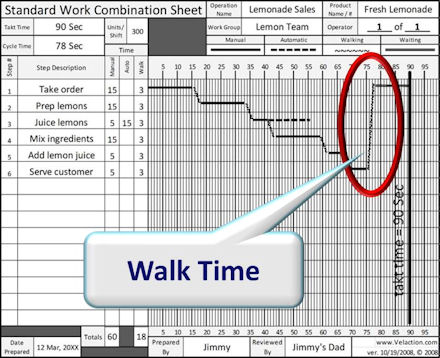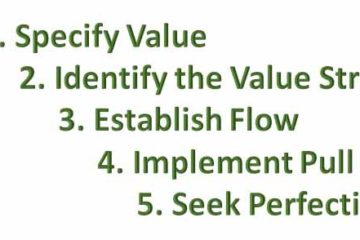Lean Terms
Walk Time
Walk time is an important factor in continuous improvement. Its main impact is on the seven wastes and on Standard Work. Obviously, the problem is that walking takes time that could be better spent working on a process. Walking distance adds up in a surprising hurry. For example, if a Read more…



